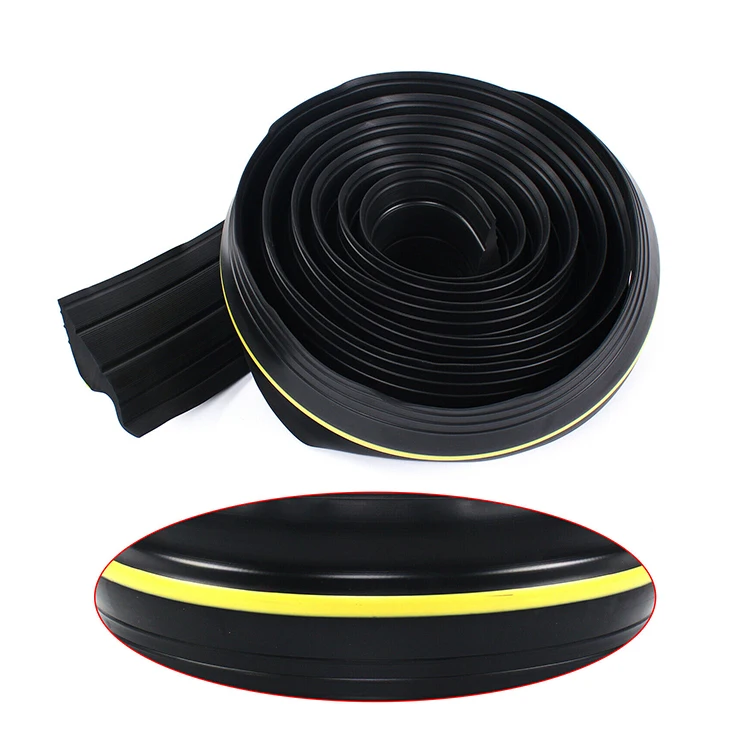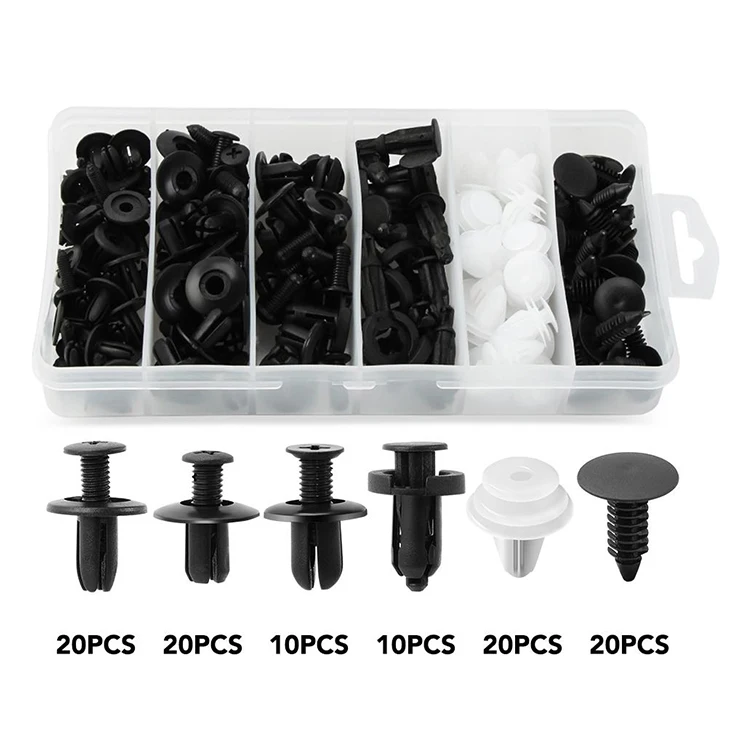Another advantage of transparent rubber is its excellent weather resistance. Many industries face challenges from harsh environmental conditions, including UV exposure, moisture, and extreme temperatures. Transparent rubber's resistance to these elements makes it an ideal choice for outdoor applications, including signage, automotive parts, and outdoor equipment. Products made from transparent rubber are not only durable but also retain their aesthetic appeal over time, reducing the need for frequent replacements.
 Home
Home






